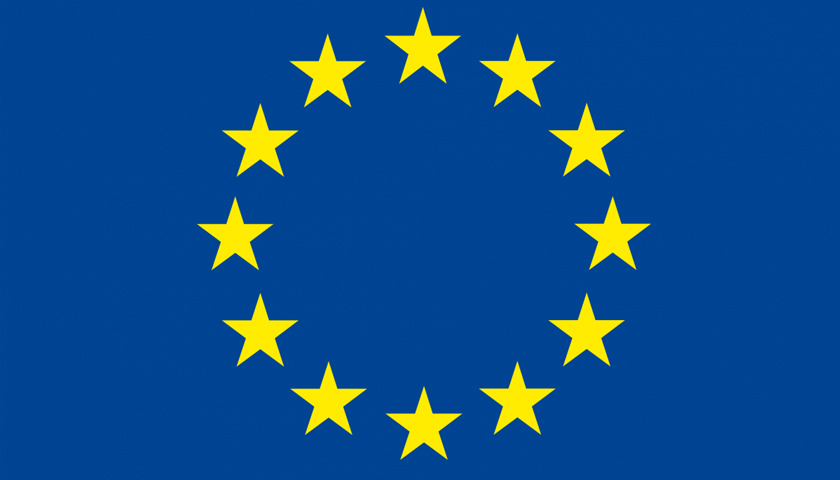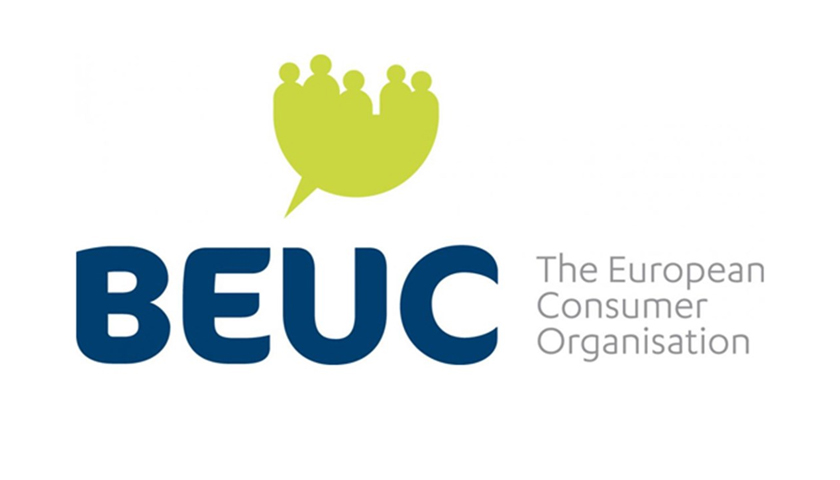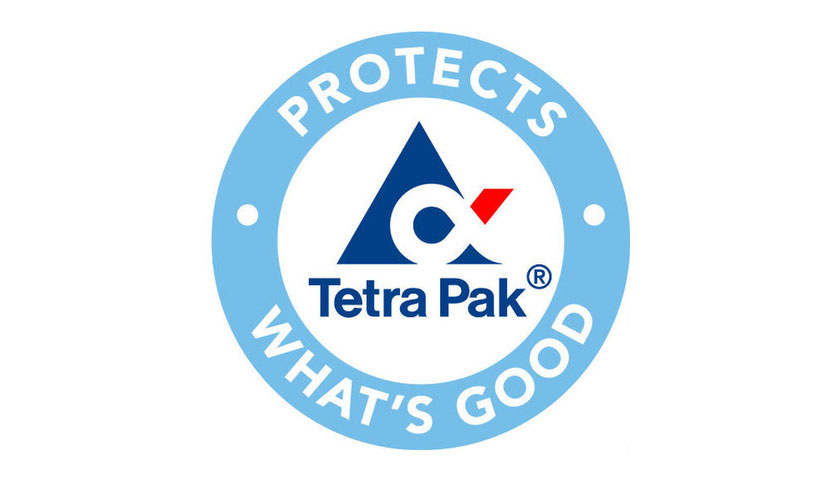Questions & Answers: A European strategy for plastics
European Commission – Fact Sheet
Strasbourg, 16 January 2018
Questions & Answers: A European strategy for plastics
Why do we need a European strategy for plastics?
Plastics are everywhere but too much of it is used only once before thrown away. It ends up polluting the environment, depriving the economy of a valuable resource.
According to estimates, only 5% of the value of plastic packaging material retains in the economy, the rest is lost after a very short first-use. The annual bill accounts for between €70 and €105 billion. Europe cannot afford this.
Furthermore, unrecycled plastic takes hundreds of years to break down. The million tonnes of plastic litter that end up in the oceans every year are one of their most visible and alarming signs of the plastics problem, causing growing public concern. And with a single market for goods, this is a problem that necessarily requires a joint European response.
Most plastic in Europe is landfilled or incinerated, rather than recycled. Even when consumers make the effort, much of the packaging consumed cannot or is difficult to recycle – such as dark food containers that are not picked up in sorting scans or plastic lined paper coffee cups.
The EU has already taken significant steps to reduce plastic waste – setting rules on marine litter and having achieved a significant reduction of plastic bag use in several Member States with the Plastic Bags Directive.
The European strategy for plastics will build on this, with the goal of ensuring that all plastic packaging is reusable or recyclable in a cost-effective manner by 2030.
This will also be an essential element in the transition of Europe towards a Low-Carbon and Circular economy, making a tangible contribution to reaching the 2030 Sustainable Development Goals and the Paris Climate Agreement objectives.
Will new policies on plastics harm the economy?
On the contrary.
The plastics sector in the EU is big: it employs 1.5 million people and generated a turnover of €340 billion in 2015. The plastics industry is therefore very important to the European economy, and increasing its sustainability can bring new opportunities for innovation, competitiveness and job creation.
Integrating such a complex value chain, from plastics producers to retailers, consumers and recyclers can only bring benefits to all of them.
In the EU, the potential for recycling plastic waste remains largely unexploited. Around 26 million tonnes of plastic waste are generated in Europe every year. But less than 30% of such waste is collected for recycling. Of this amount, a significant share leaves the EU to be treated in third countries, where different environmental standards may apply.
70% of plastic waste is put in landfills or incinerated.
What’s more, the cost of incinerating plastic waste is high. The potential annual energy savings that could be achieved from recycling all global plastic waste is equivalent to 3.5 billion barrels of oil per year. Not to mention the effect on the carbon footprint – recycling 1 million tonnes of plastics is the equivalent of taking 1 million cars off the road.
How does the plastics strategy fit into efforts to create a circular economy?
Since the start of its mandate, the Juncker Commission has been actively working to stimulate Europe’s transition towards a circular economy. Today’s measures form part of these efforts.
The EU Action Plan for the Circular Economy was adopted in December 2015 – sending a clear signal to economic operators that the EU is using all the tools available to transform its economy, opening the way to new business opportunities and boosting competitiveness.
New rules on waste were also proposed in December 2015 and found political agreement in the Member States and the European Parliament on 18 December 2017. The new rules fix a new target of 55% recycling of plastic packaging waste by 2030, set a ban on landfilling separately collected waste and fix stronger arrangements for extended producer responsibility (EPR) schemes.
How will this affect individual citizens?
Growing amounts of plastic waste and marine litter, and their impact on human health and the environment, are among the biggest environmental concerns of Europeans. 74% of Europeans are worried about the impact of plastics on their health, and 87% are worried about the impact on the environment.
The Plastics Strategy will make it easier for citizens to identify, separate, reuse and recycle plastics, and it will empower them to make purchasing and lifestyle choices which minimise the impact on the environment. Deposit refund schemes are one example of how consumers can be rewarded for sustainable choices.
The Commission will encourage measures to expand separate collection of plastic waste, promote alternatives to single-use plastic items (e.g. in catering and take-aways), and later this month will propose measures to boost access to drinking water and reduce the impact of plastic water bottles.
Citizens will be empowered to take actions to clean up plastic waste, for example through the European Solidarity Corps for young people.
At the same time, we aim to create 200,000 new jobs by 2030 in the sorting and recycling industries.
These measures bring tangible improvements to both quality of EU citizens life and the environment.
What will change for the plastics industry and its value chain?
By 2030 all plastic packaging should be designed to be recyclable or reusable. To achieve this, the Commission will work on a revision of the legislative requirements for placing packaging on the market. The revision process will focus on defining the concept of design for recyclability. The goal is to decrease the quantity of waste generated and to avoid that these materials end up as litter, are incinerated or are landfilled where can be recycled. This also includes the issue of over-packaging.
One of the reasons for the low use of recycled plastics is the misgivings of many product brands and manufacturers, who fear that recycled plastics will not meet their needs for a reliable, high-volume supply of materials with constant quality specifications. The Commission will work with the European Committee for Standardisation and with the industry to develop quality standards for sorted plastic waste and recycled plastics.
The Commission will work with packaging producers to help them be more sustainable and circular (e.g. life cycle assessment methodology) and to incentivise and award innovation and smart design choices (e.g. through more harmonised and efficient Extended Producer Responsibility schemes).
The Commission invites the plastics industry to take an active part in the process and to continue to further support innovation in this domain through a pledging exercise which is being launched by the strategy and aims to see 10 million tonnes of recycled plastics in new products by 2025.
Will the Commission provide funding to support the plastics strategy?
Reaching most of the objectives outlined in the Plastics Strategy will require research and innovation in several areas and therefore major additional investments.
Existing EU funding (Structural Funds, European Fund for Strategic Investments, Circular Economy Finance Support Platform, Horizon 2020) will continue to support businesses in their efforts to move towards more recyclable plastics and Member States in their efforts to upgrade their existing waste management infrastructure. So far, Horizon 2020 has provided more than €250 million to finance R&D in areas of direct relevance for the strategy. Until 2020, an additional €100 million will be devoted to financing priority actions under this strategy, including on the development of smarter and more recyclable plastics materials, more efficient recycling processes and the removal of hazardous substances and contaminants from recycled plastics.
The Commission will also develop a Strategic Research Innovation Agenda for plastics to provide orientation for research and innovation funding beyond 2020. This agenda will address all issues related to plastics production and use, including impact on the environment and human health.
Additionally, the Commission will engage with the stakeholders to analyse the potential design features of a private-led fund for financing investment in innovative solutions and new technologies aimed at reducing the negative impact of primary plastic production.
How will the strategy help to tackle marine litter?
Though described as marine litter, a significant part of the litter in the ocean comes from land. The Strategy focuses on tackling pollution at its source. It puts emphasis on what Europeans could and should do, such as avoiding leakage of plastics to the environment and starting new initiatives where gaps have been identified, such as the emission of microplastics from products, litter from single-use plastic products, fishing activities and aquaculture.
This will help to reduce the amount of plastic waste ending up in the environment in the short term and – in the medium to longer term – to a substantial reduction of quantities of plastic litter and microplastics ending up in the seas and coasts.
What are microplastics and how are you tackling them?
Microplastics are plastic particles smaller than 5 mm. They end up in the surface waters and the marine environment, either because they are used intentionally in products in order to accomplish a certain function (e.g. microbeads in cosmetics as exfoliating agents) or because they are generated through the breakdown of larger plastic pieces and through the wear and tear of products (e.g. through abrasion of tyres or washing of textiles).
The Commission has started work to restrict the use of microplastics that are intentionally added in products through the Registration, Evaluation, Authorisation and Restriction of Chemicals regulation (REACH).
Regarding unintentional release of microplastics, the Commission is examining options such as labelling, minimum requirements for product design and durability, methods to assess quantities and pathways of microplastics in the environment, funding for targeted research and innovation.
What are single-use plastics and how are you tackling them?
Single-use plastics are plastic items that are usually thrown away after one brief use. They are rarely recycled and are prone to end up as litter in the natural environment.
The most commonly found single-use plastics items in beach litter are: cigarette butts, drinks bottles and their caps/lids, cotton bud sticks, sanitary towels, bags, crisps packets and sweets wrappers, straws and stirrers, balloons and balloon sticks, food containers, cups and cup lids, and cutlery.
According to recent scientific data, single-use plastics represent half of all marine litter. It has been forecast that by 2050 there will be more plastics than fish in the oceans, by weight.
The Plastic Strategy proposes to look into actions to specifically tackle single-use plastic items and other marine litter, including lost or abandoned fishing gear. Preparatory work has started on a legislative initiative on single-use plastics to be tabled by this Commission, following the approach already used to tackle light-weight plastic bags.
The results of an ongoing public consultation will help determine the measures to be taken.
Can we not just use biodegradable plastics?
Biodegradable and compostable plastics may be used as an alternative to conventional plastics.
But in the absence of clear labelling or marking for consumers, and without adequate waste collection and treatment, they could aggravate plastics leakage. They usually degrade only under specific conditions and require special facilities. If they enter regular plastic recycling streams they may compromise the quality of recyclates or materials to be recycled. Moreover, if they become litter they cause just as much harm to ecosystems and can take many decades to degrade, particularly in the ocean.
The Commission will propose harmonised rules for defining and labelling compostable and biodegradable plastics to empower consumers to make the right choice.
New rules on labelling will help consumers see through false green claims and opt for compostable and biodegradable plastics, where this is the better choice. The Commission will develop lifecycle analysis to identify the conditions where the use of biodegradable or compostable plastics may be beneficial.
As regards so-called oxo biodegradable plastics, there is no evidence that they offer any advantages over conventional plastics. They do not biodegrade and their fragmentation into microplastics causes concern. Taking into account these concerns, the Commission will start work to restrict the use of oxo-plastics in the EU.
What is changing in recycling?
About two-thirds of plastic waste comes from packaging. The Commission aims to increase plastic recycling and for all plastic packaging to be reusable or recyclable by 2030.
The European Parliament, the Council and the Commission reached in December 2017 a preliminary political agreement on a 65% target for recycling of packaging by 2025 and on 70% by 2030, and a specific target for plastic packaging recycling of 50% by 2025 and of 55% by 2030.
Meeting these targets in practice will need improvements in the way plastics are designed and produced, increased cooperation between all actors involved in their life cycle. The systems for waste management need to modernise too.
Today’s situation where 31% of plastic waste goes to landfill and 39% to incineration means loss of precious resources and is not acceptable. This will require investment in collection, sorting and recycling infrastructure; and improving the traceability of materials and substances in materials so that the correct recycling technology can be applied.
Does the Strategy address the issue of plastic bags?
The Commission has already taken action to curb the use of lightweight plastic bags.
The Plastic Bags Directive requires Member States to implement, by November 2016, the most appropriate measures to reduce the consumption of such plastic bags. The aim is to reduce plastic bag use by 50% by 2017 and 80% by 2019 compared to 2010 levels.
Experience so far has shown that the measures already introduced in Member States, whether charges and levies, or targets and restrictions, have been highly effective. The Commission will monitor the action of Member States to make sure that the objectives are reached.
According to a new Eurobarometer Survey 72% of European Citizens said they cut down on their use of single use plastic bags, 38% of them in the last year.
What are you changing with the revision of the Port Reception Facilities Directive?
According to recent studies, 20-40% of marine litter originates from sea-based sources. The new Port Reception Facilities Directive aims at reducing discharges of waste from ships at sea by ensuring availability of adequate port reception facilities and the use of those facilities by ships visiting EU ports. The Directive has a wide scope and applies to all ships, including fishing vessels and recreational craft. It is based on the international obligations in the MARPOL Convention: the International (IMO) Convention for the prevention of pollution from ships.
The proposal for a new Directive on Port Reception Facilities has a two-fold objective: to protect the marine environment by reducing discharges of waste from ships; and to improve efficiency of maritime operations in ports. This will be achieved by seeking further alignment with the MARPOL Convention, which has introduced a stricter regime for garbage discharges and has also become more stringent over time in relation to other types of waste from ships, and proposing a number of measures which specifically address the problem of marine litter from ships. Through a mix of incentives and enforcement measures, the proposal seeks to ensure that more waste is delivered on shore, in particular garbage, including waste from the fishing sector such as derelict fishing gear.
The proposal also aims to contribute to the Circular Economy, by improving the adequacy of waste reception facilities, in particular as regards their environmental operation. Once the waste is delivered on shore, the principles and obligations from EU waste legislation apply, and these should be implemented better in the context of the management of waste from ships in ports. In this context, the proposal will include an obligation for the separate collection of waste from ships, in particular where such waste has previously been segregated on board, in view of further reuse/recycling of the waste.
What about all the plastic waste and marine litter coming from other parts of the world?
Opportunities and challenges linked to plastics are global. This problem can only be tackled through joint international action.
The EU is active in developing common and coordinated responses through the UN Global Partnership on Marine Litter, and through G7 and G20 initiatives. Most recently, at the United Nations Environmental Assembly in December 2017, the European Union helped secure a series of international commitments to address the problem of marine litter and bioplastics.
Led by the European Union, the Our Ocean summit in October 2017 saw public and private actors from 112 countries commit more than €7 billion to better managing the oceans. This will make oceans healthier, safer and will help the blue economy grow.
The EU must also take the lead in delivering on Sustainable Development Goal 14 on the conservation and sustainably use of the oceans, seas and marine resources and other Goals relevant for the issue of plastic pollution, such as Goal 12 on ensuring sustainable consumption and production patterns.
Links
http://europa.eu/rapid/press-release_MEMO-18-6_en.htm
http://ec.europa.eu/environment/chemicals/reach/reach_en.htm
http://ec.europa.eu/commfrontoffice/publicopinion/archives/ebs/ebs_416_en.pdf



